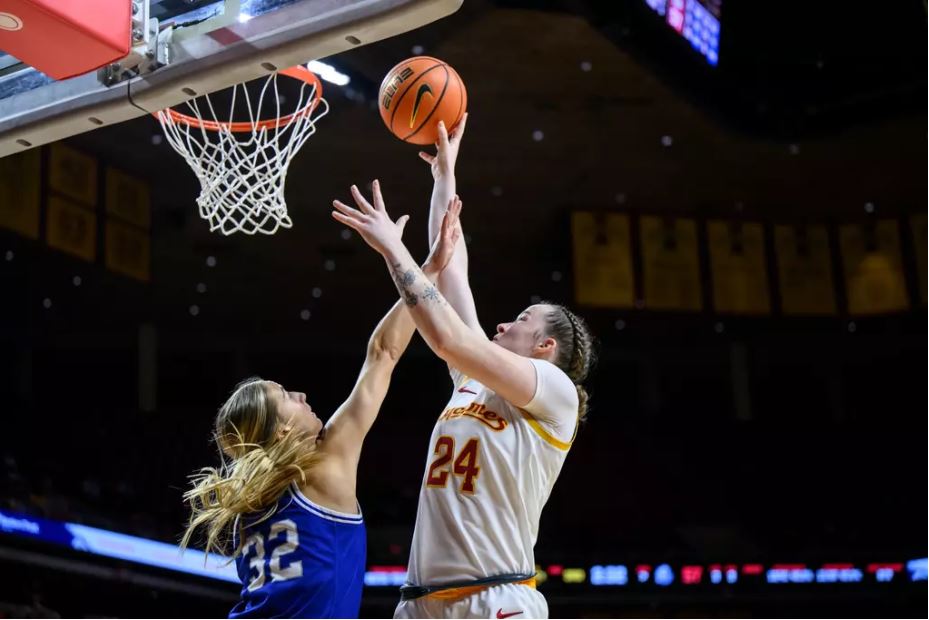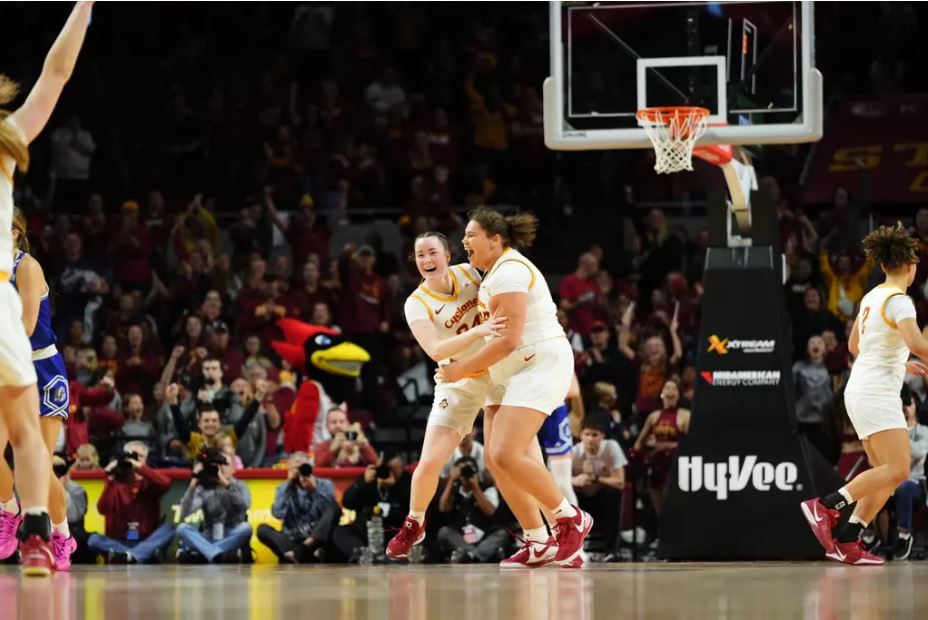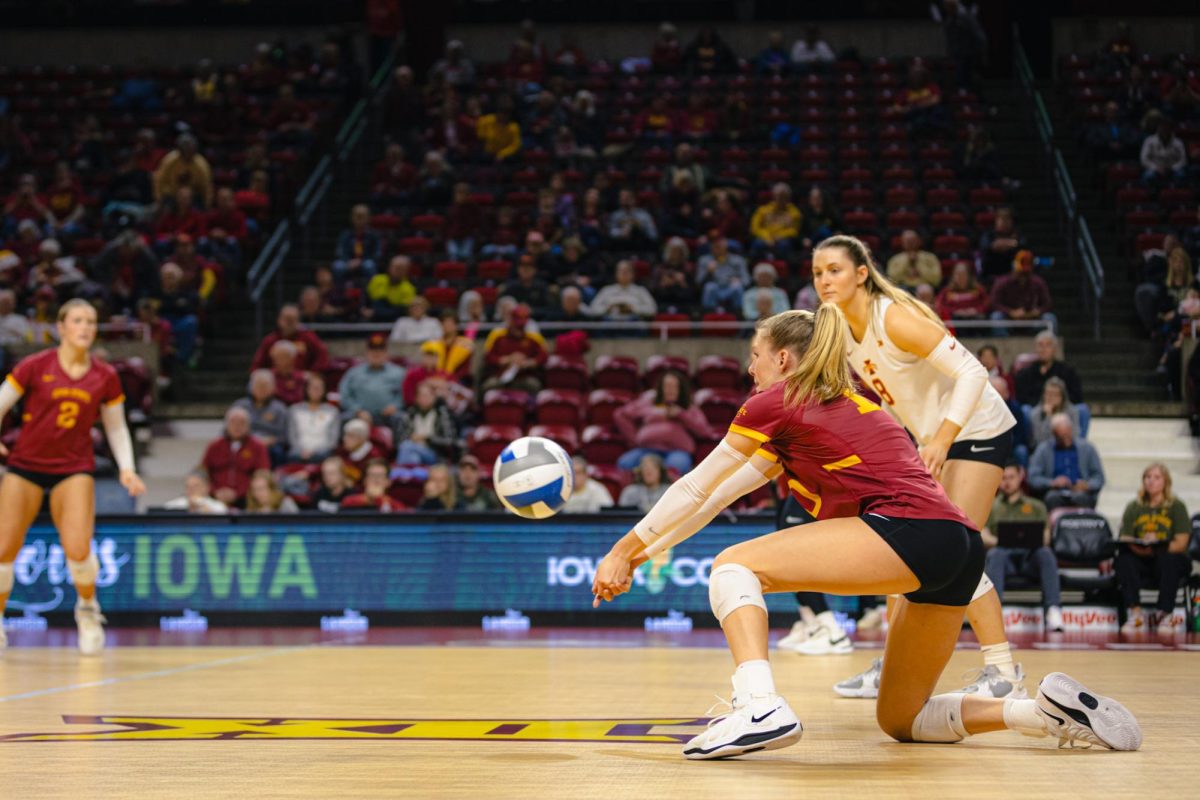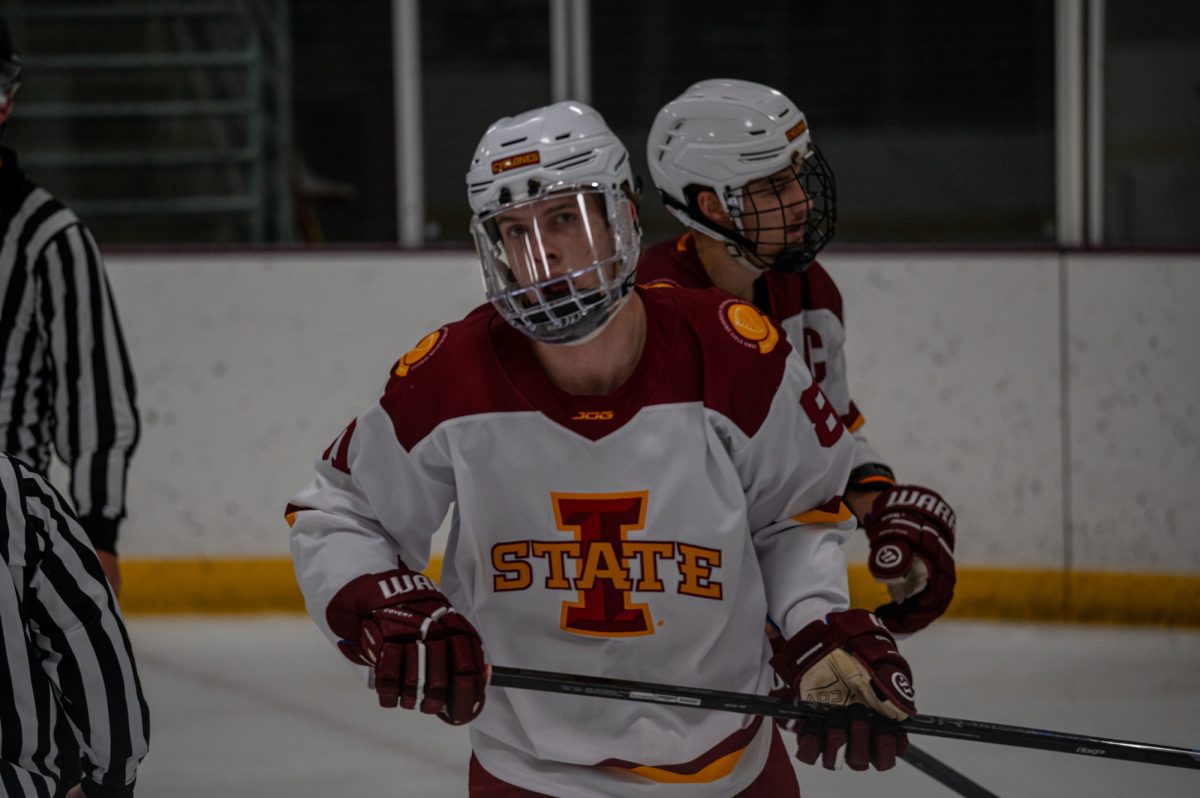Red means stop — and wait
February 23, 1998
The pain. The anguish. The mental frustration of it all.
Sitting through stoplights can be a distracting task, yet everyone goes through it at least once in a drivetime.
The question often asked is, “Why are some stoplights longer than others?” The answers vary, with many contributing factors, but some are common sense.
“We like to have a two- or three-minute cycle,” said Tim Crouch, traffic analysis engineer at the Iowa Department of Transportation.
“People should see a green light every two minutes or so,” he added.
Time of day is a direct factor that can contribute to cycle. There is a built-in system for stoplights when traffic starts to pick up, usually during the morning and evening rushes and at noon, he said.
Also, ironically, vehicles can have a direct impact on why some red lights are longer than others.
Crouch said there are sensors in the pavement at an intersection. If a driver has a long light, sometimes it is just as easy to blame the first car as it is to blame the traffic cruising on the busier street.
There are ways to counter the long stoplight problem. Some emergency vehicles are able to trigger stop lights.
“Ambulances, firetrucks and police cars are able to get through quickly because they have built-in devices that allow the signal to change,” Crouch said.
Although four-way stops seem to be sparingly used, they still serve a convenient purpose. Such stops cannot handle lots of traffic, they save time when a balanced flow of traffic is coming from each way.
Blinking lights are rarely seen on busy streets but can help solve the traffic light problem nonetheless.
Also, when a driver is at a long light, a natural tendency is to turn right on red. However, this is not allowed in some cities.
At the Wallace Road/Lincoln Way intersection, the Wallace stoplight stayed on red for an average of 1 minute and 43 seconds, compared to Lincoln Way’s stoplight’s average of 35.2 seconds.
Since Lincoln Way is the busier street, it seems to have a shorter red light time.
At the same intersection, the average green light time at the Wallace stoplight was 20.2 seconds, compared to the 42.4 seconds of Lincoln Way’s green light.
The average in both cases is about 2-to-1.
The next time a driver pulls up to a long traffic light, some things can be taken into consideration: Is the driver the reason the light is long? Should the driver have thought ahead and taken a different route?
Whatever the case, many drivers will come unglued at a long stoplight, and acceptance seems to be the only cure.






